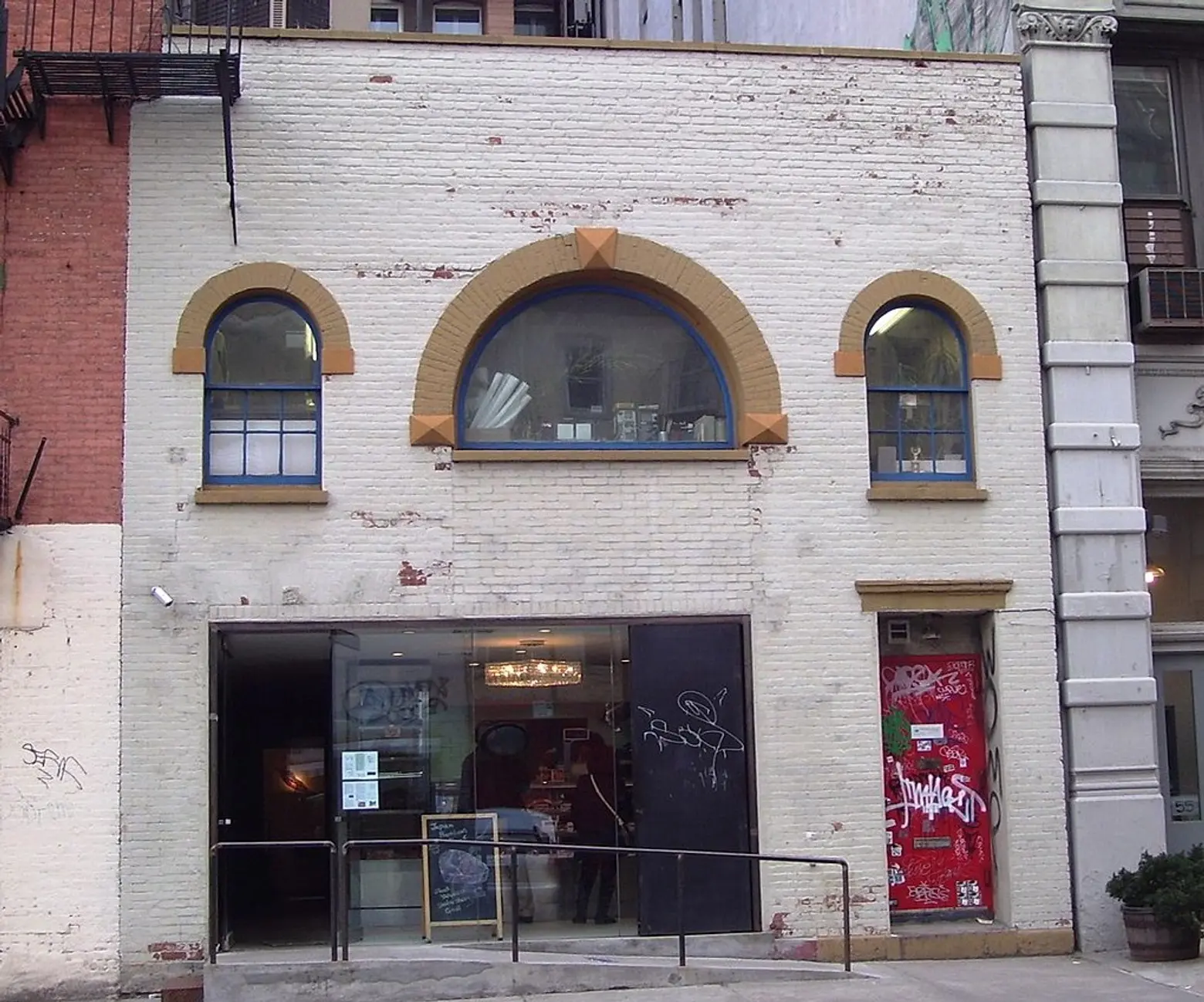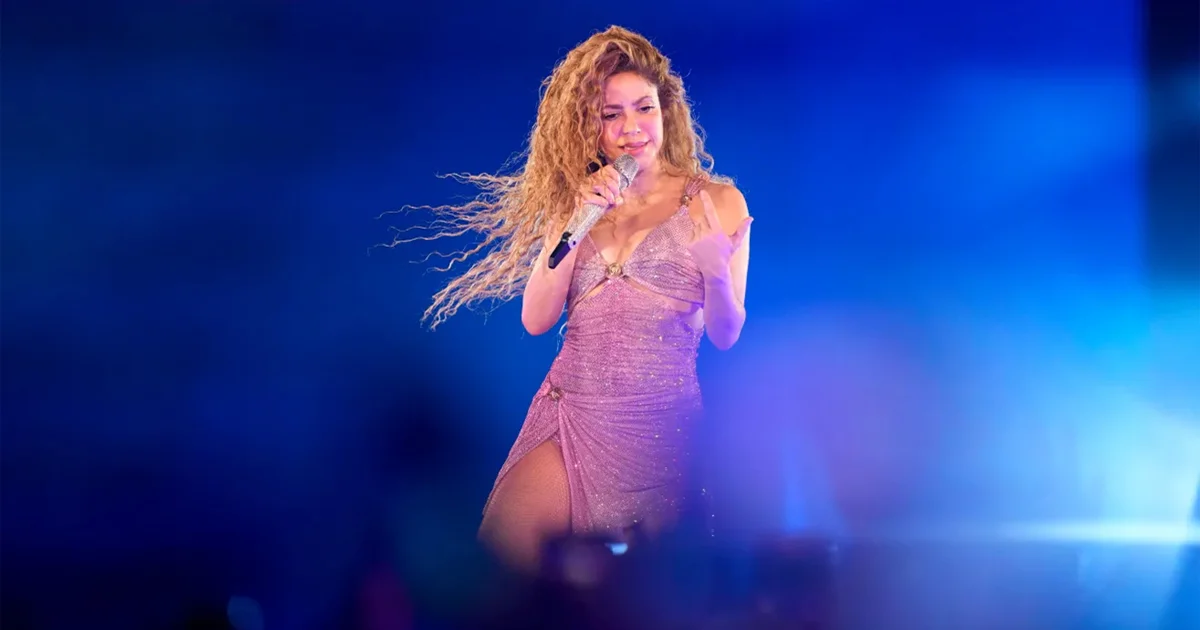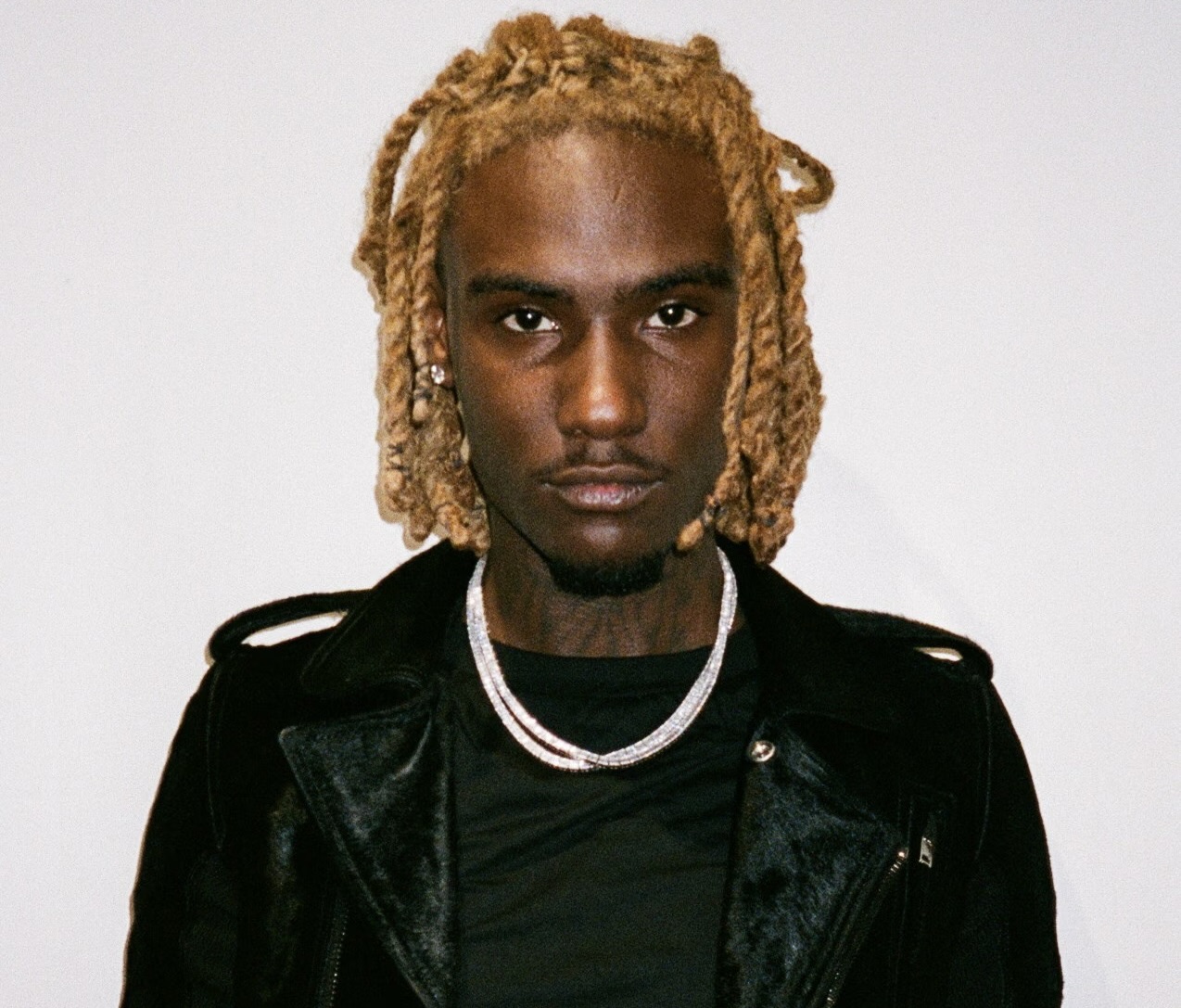When Taylor Swift released The Life of a Showgirl, her eleventh studio album, few could have predicted that one of its songs would send hundreds of teenagers rushing not to stadiums, but to an art museum in central Germany. Yet that’s precisely what happened. Within days of the Fate of Ophelia music video going live on YouTube, Museum Wiesbaden — home to a haunting early-20th-century painting of Shakespeare’s tragic heroine — found itself inundated with young visitors, many of them first-time museumgoers, clutching friendship bracelets and humming the new track’s melancholy chorus.
What began as a moment of fandom soon became something more: a real-world cultural phenomenon that’s reshaping the dialogue between pop music and classical art.
ophelia reborn
At the heart of the craze is Ophelia (c. 1900), an oil painting by German artist Friedrich Heyser. The work depicts the doomed Shakespearean figure drifting in a lily-choked stream, her pale face turned toward the surface light, her gown translucent and heavy with water. For more than a century, the painting hung quietly in Wiesbaden’s Hessisches Landesmuseum — admired mostly by art historians and Symbolism enthusiasts.
Then came Swift.
In The Fate of Ophelia, the opening shot mirrors Heyser’s composition almost exactly: Swift, in a diaphanous white dress, lies submerged among flowers as her eyes flicker open. The sequence becomes a metaphor for rebirth, memory, and female resilience — a theme Swift has explored repeatedly since Folklore. Whether or not Heyser’s painting directly inspired the video (the museum says it has no confirmation from her team), the visual resonance is undeniable.
And fans noticed. Fast.
swifties in the galleries
By the weekend following the video’s release, Museum Wiesbaden had logged nearly 500 extra visitors, many of them young women, school groups, and families stationed on nearby U.S. military bases. Museum spokesperson Susanne Hirschmann called the influx “a delightful surprise” — admitting that she’d never seen so many teens inside the galleries at once. “They come in pairs or groups, taking selfies in front of the painting but also asking real questions about the artist,” she said in an interview. “They want to know who Ophelia was, why she died, what the painting means.”
The phenomenon has been dubbed the “Swiftie Art Pilgrimage” by local press. Some visitors have traveled from other German cities like Hamburg and Cologne; others from as far as France and the Netherlands. The museum’s gift shop sold out of postcards featuring the painting within 48 hours.
Recognizing the moment, museum director Andreas Henning leaned in rather than shying away. “It’s not every day that a pop star brings a new generation into dialogue with our collection,” he said. “If Taylor Swift opens that door, we’re thrilled to welcome everyone who walks through it.”
a museum’s pop moment
To sustain interest, Museum Wiesbaden has planned a special program for 2 November, inviting visitors to attend a thematic event titled “Taylor Swift’s Ophelia: Between Music and Art.” Entry is free for those dressed as Ophelia or in Swift-inspired attire, and tickets sold out within hours of being announced online. The museum has also introduced guided tours contextualizing Heyser’s painting within the broader history of Ophelia in art — from John Everett Millais’s Pre-Raphaelite masterpiece to modern feminist reinterpretations.
Social media has amplified the effect. Under the hashtag #FateOfOphelia, fans are posting side-by-side images of Swift’s video stills and Heyser’s canvas, editing them into TikToks that blend snippets of the song with facts about Symbolism, color theory, and Romanticism. What started as a fandom flourish is now functioning as an informal art-education campaign.
View this post on Instagram
pop meets pedagogy
Observers say the phenomenon reflects a growing appetite among young audiences to bridge pop culture with academic or historical subjects. Swift, long admired for her literate songwriting, has repeatedly woven literary references into her lyrics — from The Scarlet Letter to The Great Gatsby. Now, her work is influencing not only Spotify playlists but museum attendance statistics.
Teachers across Germany have reportedly integrated the painting into English and art-history lessons. Some schools in Hessen are arranging field trips to Museum Wiesbaden, framing the visit as an exploration of intertextuality: how a 21st-century musician reframes a 400-year-old play through a century-old painting.
“It’s inclusion at its best,” said Henning. “We’re meeting young people where they are — in their fandom, in their curiosity — and showing them that art history isn’t locked in the past. It’s part of the same creative conversation Taylor Swift is having.”
art as afterlife
The connection between Ophelia and Swift feels more than surface-level. Shakespeare’s heroine, driven to madness and death by betrayal, has long symbolized the silencing of women — a theme that resonates with Swift’s ongoing public narrative around self-definition and agency in a male-dominated industry.
In the video, Swift’s Ophelia doesn’t merely drown; she emerges, walks through the museum corridors, and confronts her reflection. Critics have read this as a reclaiming of the story — Ophelia reborn as narrator rather than victim. That reclamation mirrors the ways young women today reinterpret canonical art and literature to reflect their own experiences.
By drawing this parallel, Swift may have inadvertently revived a painting that had all but disappeared from cultural consciousness. Before the video’s release, Heyser’s Ophelia was rarely mentioned outside academic circles. Now, it’s trending on TikTok, referenced in essays, and inspiring fan-made artworks that fuse pop stardom with pre-Raphaelite imagery.
culture
Museum Wiesbaden’s newfound fame also gestures toward a larger trend: the convergence of fandom and cultural heritage institutions. Earlier examples include Beyoncé and Jay-Z filming “Apeshit” at the Louvre, and BLACKPINK drawing crowds to Seoul’s art museums. Each instance blurs the line between entertainment and education, turning museums into stages for mass engagement.
Yet Swift’s impact is different in scale and tone. There’s no formal partnership or sponsorship here — just organic fan energy. That authenticity may explain why it resonates so deeply: it’s not a marketing stunt, but a moment of shared discovery.
an inclusive renaissance
Perhaps the most striking aspect of the Wiesbaden surge is its inclusivity. Many of the new visitors are teenagers, queer fans, and young women who don’t typically see themselves reflected in classical art institutions. They’ve found, through Swift, a reason to enter those spaces — and to feel that their presence there matters.
The museum has taken this seriously, updating signage to include English translations and offering flexible group pricing to accommodate younger visitors. Staff members have even created playlists linking artworks to Swift songs — a nod to how culture can be both accessible and layered.
“It’s wonderful,” Hirschmann said. “The galleries are full of laughter, music, and young voices debating symbolism. That’s the kind of noise we love.”
echo
The ripple effects are now reaching elsewhere. Other museums across Europe have reported upticks in traffic to their Ophelia-themed works. The Tate Britain’s Millais Ophelia has seen renewed online attention, and the Vienna Belvedere is reportedly planning an exhibition linking Shakespearean heroines in art to modern pop representations.
For Swift herself, the episode reinforces her long-standing role as a cultural mediator — someone whose lyrics and visuals consistently invite academic reading without sacrificing mass appeal. As one art critic wrote, “Taylor Swift didn’t just reference a painting; she reactivated it.”
flow
Either the spike in museum visits endures remains to be seen. But for now, Wiesbaden stands as proof that pop culture can be a gateway to deeper appreciation. In an age when cultural institutions struggle to engage Gen Z audiences, a four-minute music video has done what marketing budgets often cannot: make art history feel alive, emotional, and personal.
As visitors file past Heyser’s Ophelia, pausing to snap photos or simply stare, the painting seems to look back — not at tragedy, but at transformation. And maybe that’s what Swift’s true gift has always been: turning personal reinvention into communal discovery.
Because somewhere between a streaming chart and a museum wall, Ophelia has found her audience again — and this time, they’re singing along.
No comments yet.








